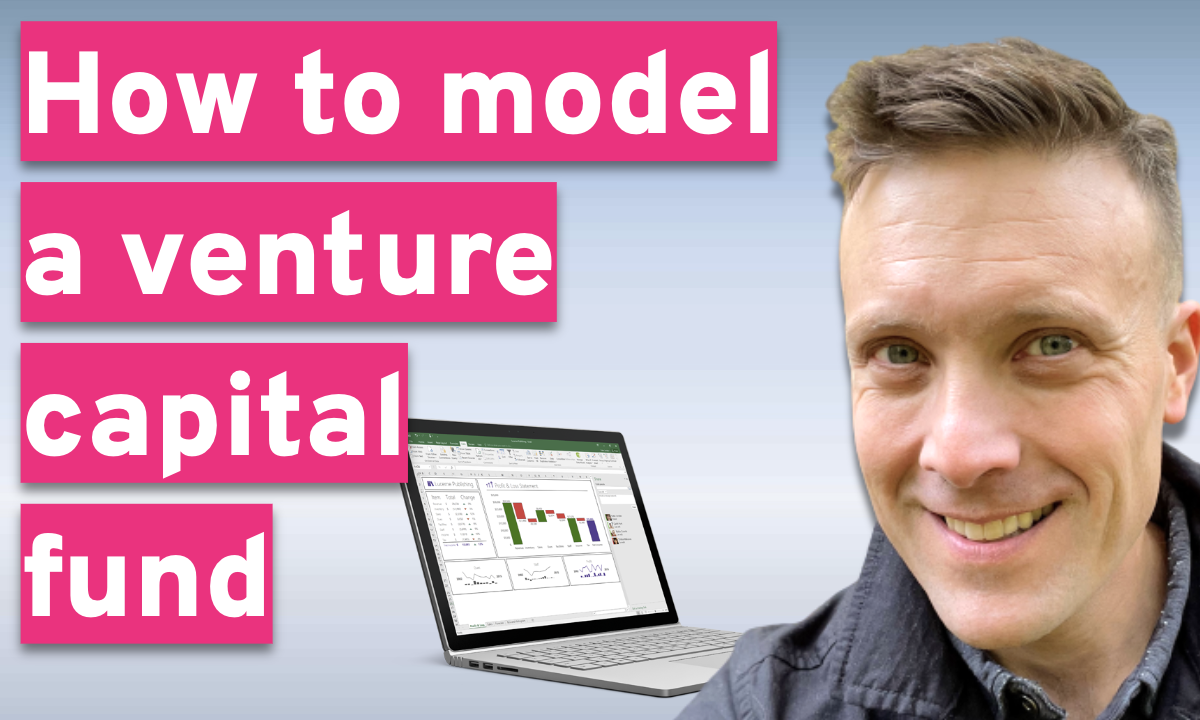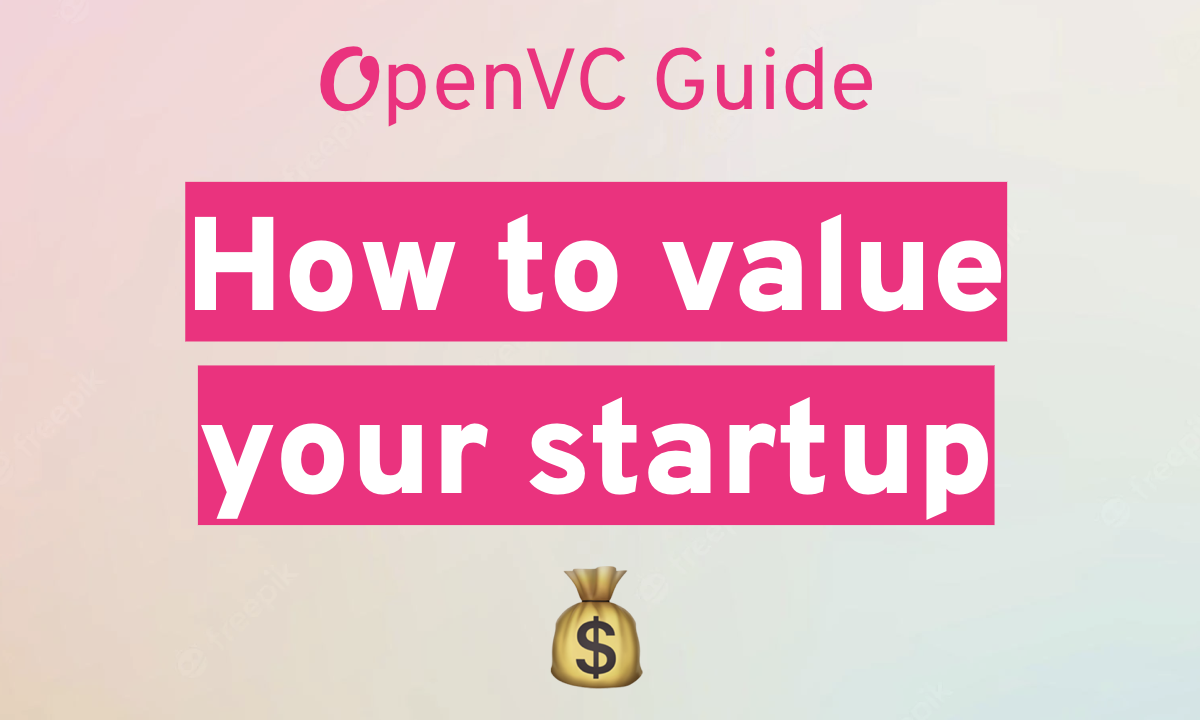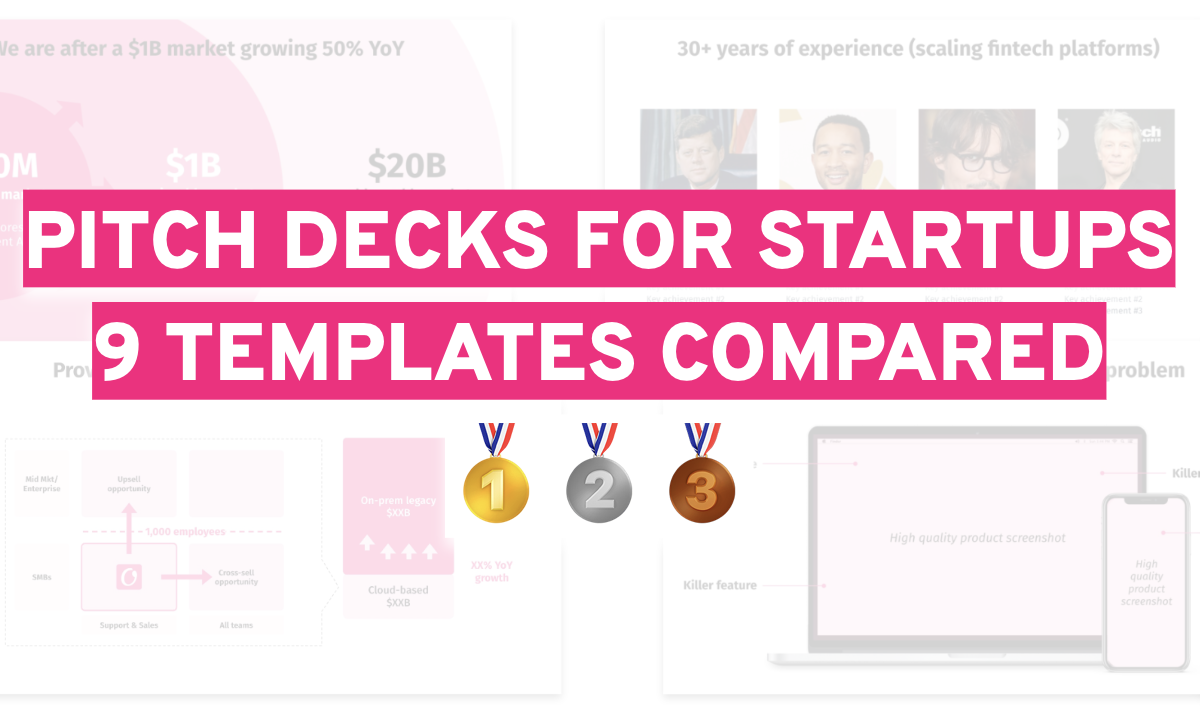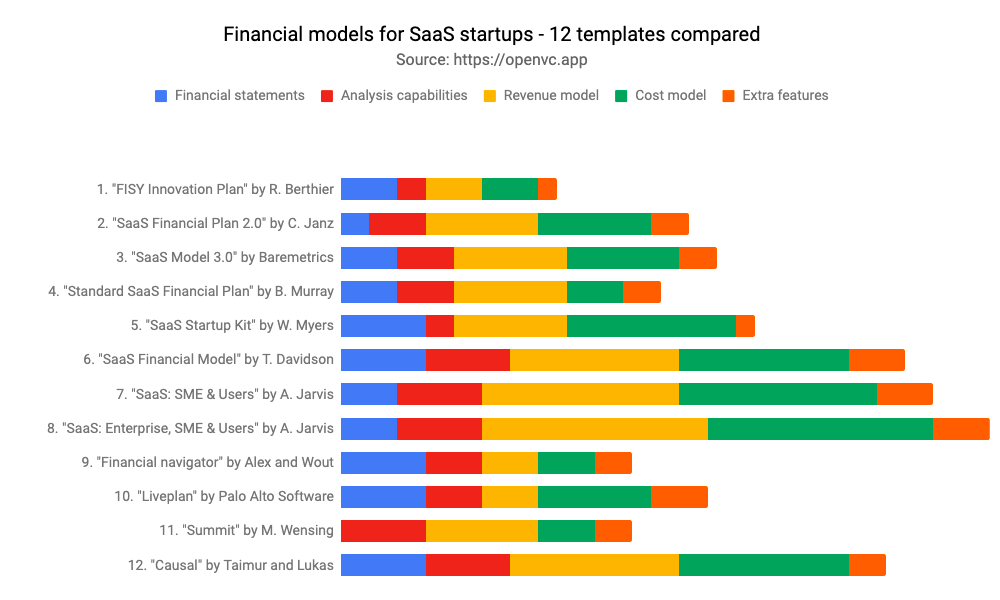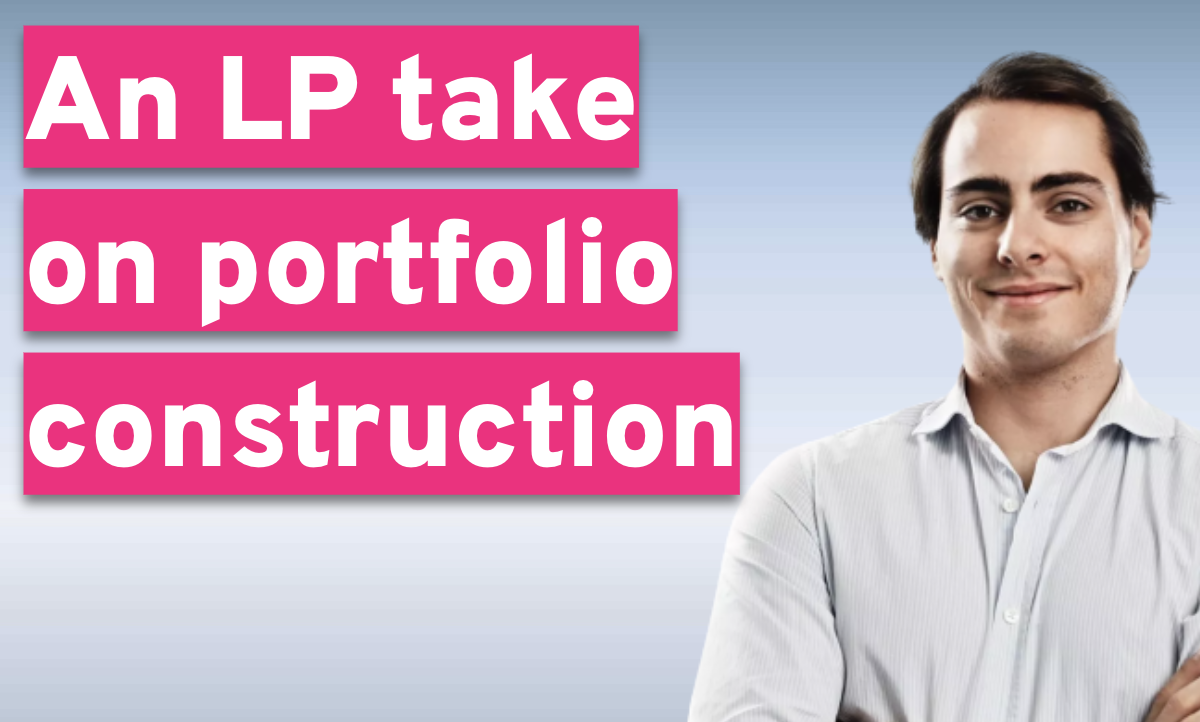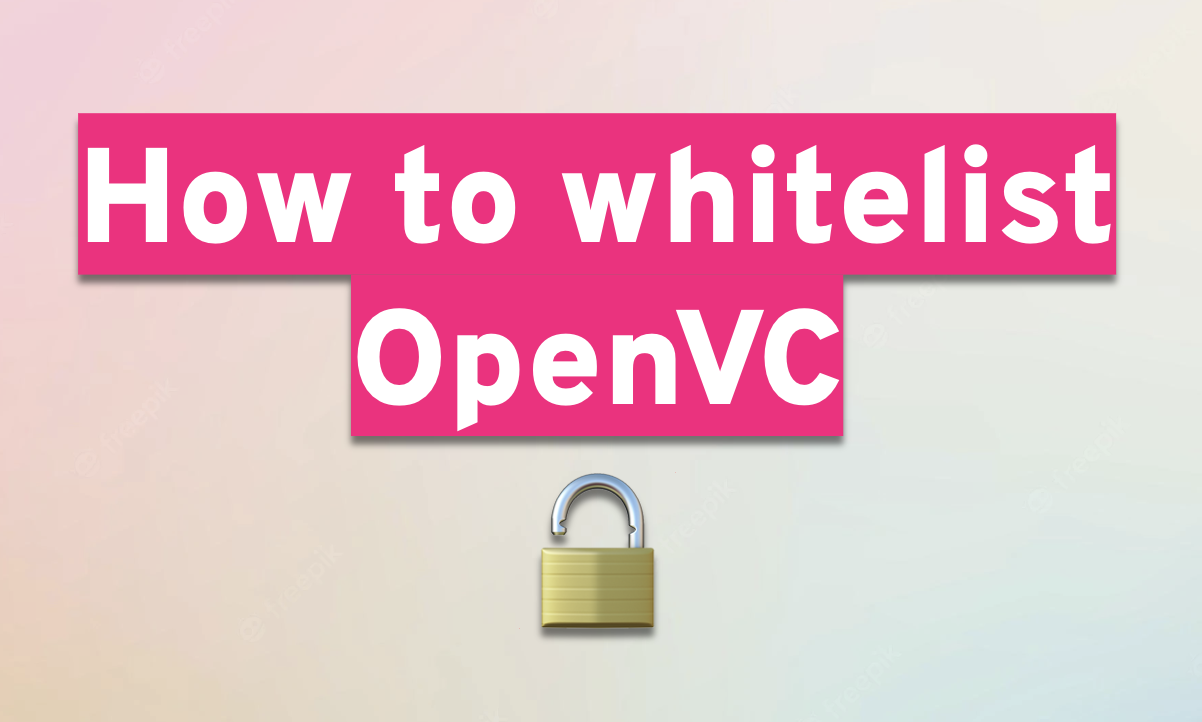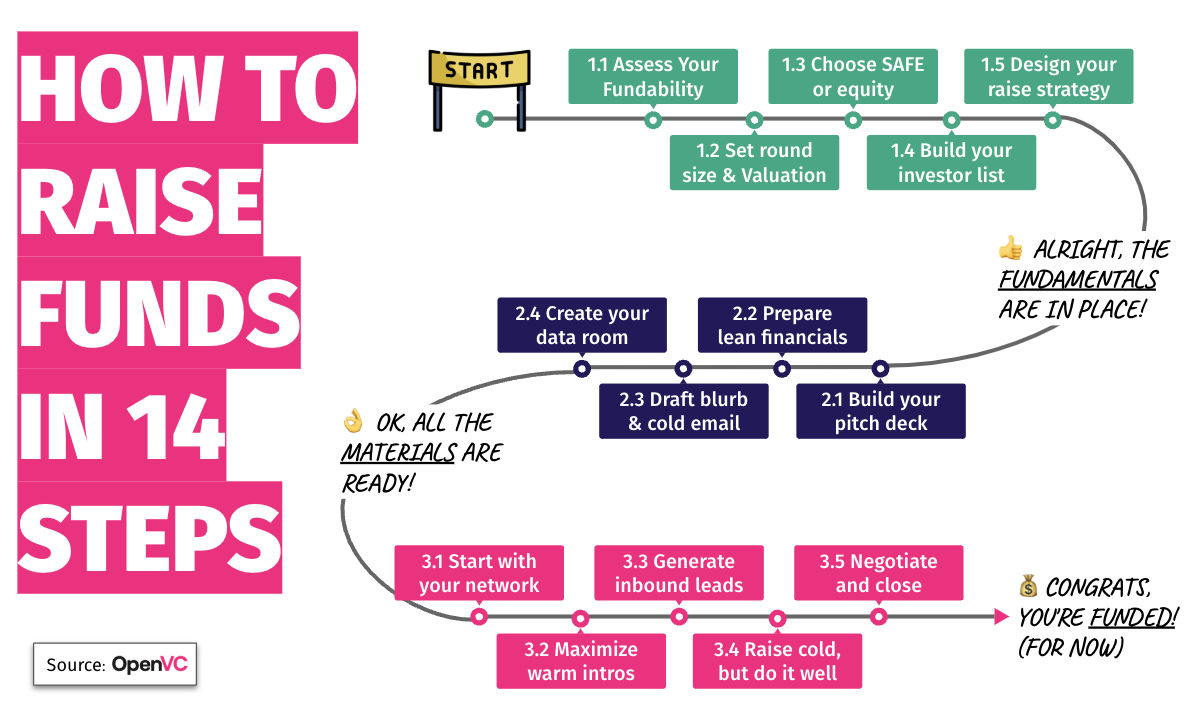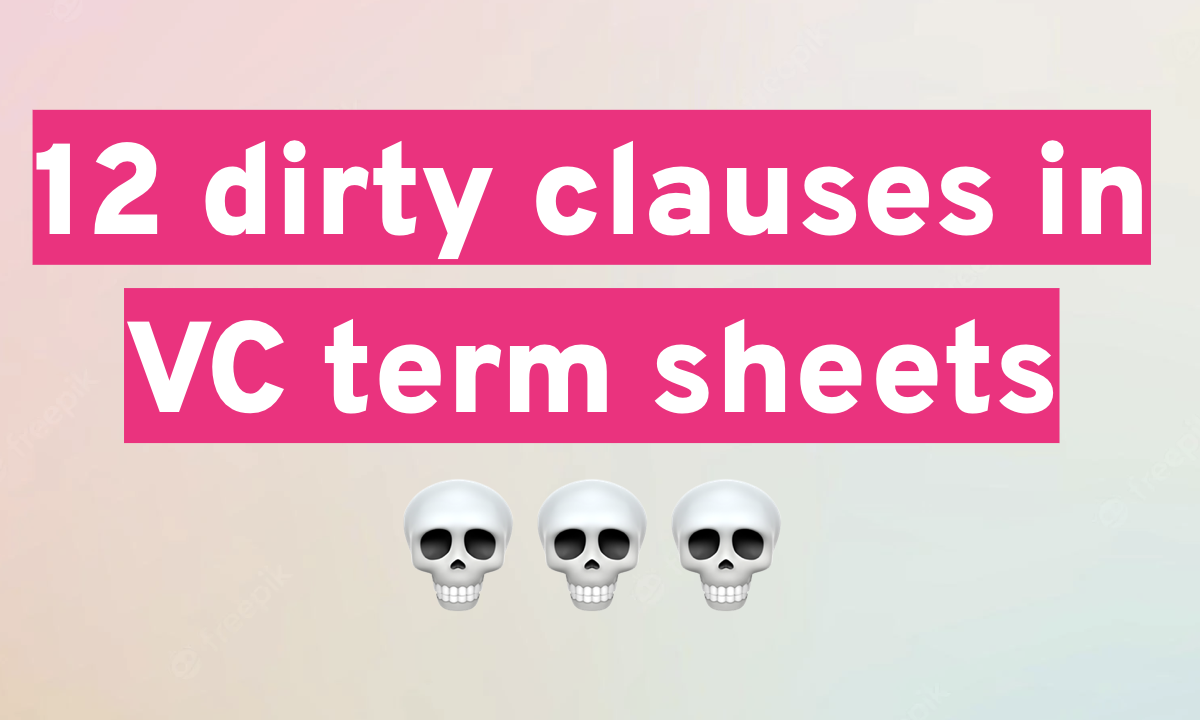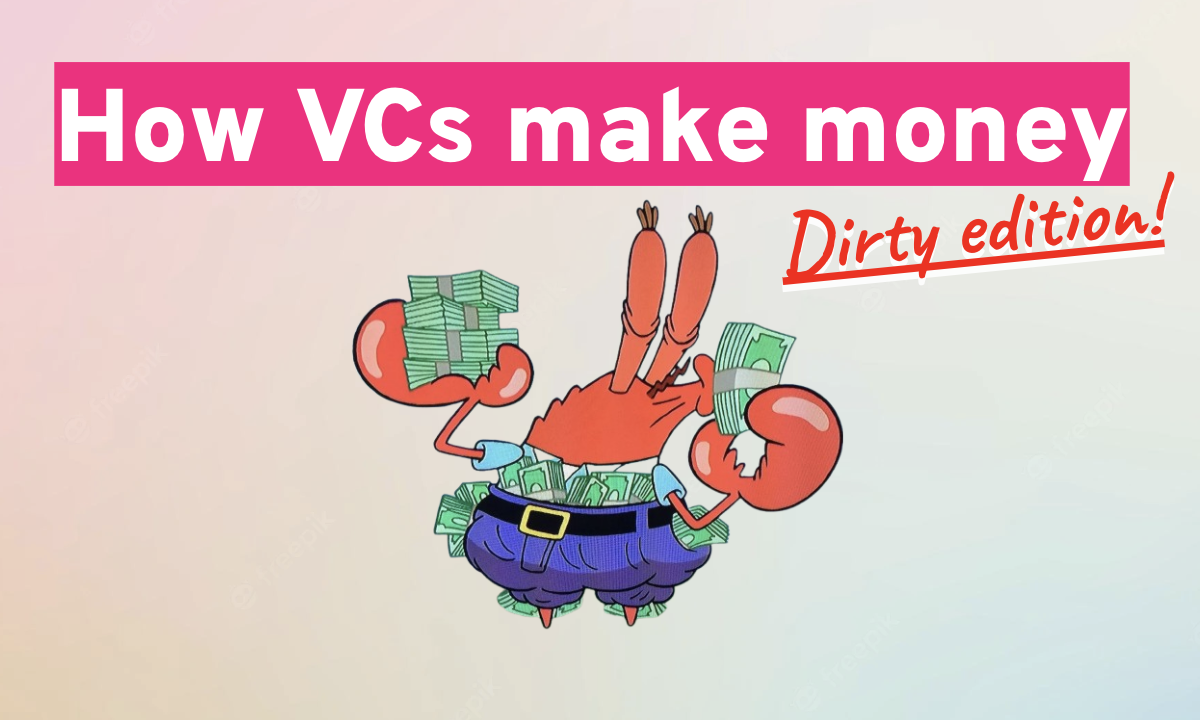You've just raised your seed round. The pressure is on to build something customers actually want before the money runs out. So you hire an agency to execute your vision.
Six months later, you've got a beautifully designed product that nobody uses. Your runway is half gone, and you're no closer to product-market fit than when you started.
This scenario plays out thousands of times each year across the startup ecosystem.
The problem isn't bad agencies or unrealistic founder expectations – it's that most of us fundamentally misunderstand what early-stage partnerships should accomplish. We hire agencies like they're code shops when what we really need are partners who deeply care about our customers.
But when startups treat agencies as strategic partners in customer discovery, they’re able to validate assumptions faster, waste less money, and build stronger foundations for scale.
In this guide, Milosz Falinski, co-founder of startup product design studio Lumi, breaks down exactly how to structure agency partnerships that drive far-reaching business results.
Table of Contents
Where Agency Partnerships Go Wrong
With global startup funding hitting $286 billion in 2024, there's money available – but only for startups that can prove they're solving real user problems. Your agency partnership will either accelerate that proof or drain your runway building something none of your users want.
Yes, 42% of startups fail because they misread market demand. They build first, validate later. By the time they realize they're solving the wrong problem, the money's gone.
This is where most founder-agency relationships go sideways. You hire an agency to build your vision, but what you actually need is a partner to help you discover what customers really want, and build that instead.
So what do excellent agencies do? Ship something testable in week 2. Put it in front of users immediately. Iterate based on what you learn.
The Strategic Agency Partnership Playbook
1. Start With Customer Obsession
Efficient partnerships begin with a simple question: " What do customers actually need? " Not "What do we think they need" or "What would be cool to build."
This requires deep empathy, a thorough understanding of the problems your users face and how your product can help solve those very problems.
How this works in practice:
- Ship bare minimum testable version
- Get feedback from 5-10 potential customers
- Iterate based on what you learned
- Repeat until you find something that works
You discover product-market fit faster, waste less money on wrong assumptions, and build customer relationships from day one.
Want to make sure your agency will deliver on this? Ask potential agencies this question: " How would you help us validate our core assumptions with customers in the first 30 days? " If they start talking about wireframes and technical architecture instead of customer interviews and testing protocols, they might not be the best fit.
2. Share Customer Intelligence as a Priority
Stop sending your agency feature specs. Prioritize sharing customer insights.
What to share with your agency:
- Raw customer interview recordings (yes, the full 30-minute calls)
- Support ticket themes and user complaints
- Behavioral data showing where users get confused
- Jobs-to-be-done analysis of what customers are trying to accomplish
- Screenshots of users' current workarounds and tools they're abandoning
Why? Because when your agency understands your customers as well as you do, they'll proactively suggest solutions you hadn't considered.
An easy approach is to create a shared Notion page where you dump every customer insight in real-time. Don't wait for formal meetings. The best agencies will start connecting dots between different customer pain points.
3. Build in Rapid Feedback Loops
The difference between successful and failed partnerships often comes down to feedback velocity.
Daily micro-feedback:
- Quick Loom videos showing user confusion points
- Screenshots of analytics anomalies
- Brief voice messages with customer quote highlights
Weekly strategic feedback:
- Full customer interview debriefs
- User testing session recordings
- Support ticket pattern analysis
Monthly pivot decisions:
- "Are we solving the right problem?" sessions
- Feature kill/keep decisions based on usage data
- Strategic direction adjustments
Traditional agencies are used to quarterly feedback cycles. Startups need weekly course corrections. Make this expectation clear from day one.
4. Plan your Partnership Evolution
Great partnerships evolve as your company grows. What you need at pre-seed is different from what you need at Series A.
- Stage 1 (Validation): Help us figure out what to build
- Stage 2 (Growth): Help us scale what's working
- Stage 3 (Transition): Help us hire and train our internal team
5. Get Senior Expertise Where it Matters
Not every decision needs a senior developer. But the ones that affect your future scalability do.
Make sure you get senior sign-off for:
- Database architecture that needs to handle 10x growth
- API design that third parties will integrate with
- User authentication and security infrastructure
- Core workflow logic that affects every user
Don't pay for senior developers to write basic CRUD operations. But absolutely pay for them to review architectural decisions, security implementations, and any code that handles user data. The right agency will proactively suggest this structure, because spending more on senior oversight now prevents expensive rebuilds later.
6. Welcome Strategic Pushback
A good agency will challenge your assumptions. Learn to recognize good pushback, and then welcome it.
Good pushback sounds like:
- "The customers you interviewed last week said X, but you're asking for Y. Can we dig deeper?"
- "This feature will take 2 weeks to build but 6 weeks to build right. Here's why the extra time matters for scaling."
- "Your users seem to be solving this problem differently than we assumed. Should we test their approach?"
Unproductive pushback sounds like:
- "Our enterprise clients always need this feature."
- "Best practices require we build this properly from the start."
- "Trust us, we've seen this before."
When Design & Development Partnerships Thrive (and When They Don't)
Not all startup-agency partnerships are created equal. Knowing how to recognize when these relationships succeed versus fail can save you months of wasted effort and thousands in burned runway.
When Design & Development Work
1. Clear customer problem + urgent business need Partnerships excel when both the startup and agency are aligned around solving a specific customer problem that needs immediate attention. The best design partnerships occur when there's a real need for your product and partners are excited to work with you and help shape the product because they are invested in finding a solution.
For example: A fintech startup partnering with an agency to solve payment flow issues for e-commerce businesses. Both parties understand the customer pain point and have urgency to solve it.
2. Collaborative co-creation mindset The most effective partnerships are built on co-creation rather than simple transactions. This means the agency becomes genuinely invested in your success, not just completing deliverables.
What this looks like:
- Agency proactively suggests solutions based on customer insights
- Regular strategy discussions beyond status updates
- Shared ownership of customer feedback and market learning
- Joint problem-solving when assumptions prove wrong
3. Balanced expertise and learning Great partnerships combine startup domain expertise with agency technical/design capabilities. The best founders start with ~60% of what the right product is and complete it by working closely with optimal design partners.
The magic formula? Your market knowledge + their execution expertise + customer feedback = winning product decisions.
When Partnerships Fall Apart: The Warning Signs
1. Misaligned expectations and timeline pressure Many startups partner with large agencies that speak in quarters and years vs. weeks and days. Agencies running on enterprise timelines clash with startup speed requirements.
2. The "consultant trap" A common failure pattern happens when design partners value the founder's technical skill set more than the product itself.
This can kill partnerships because it:
- Creates dependency on founder time instead of scalable product
- Prevents proper validation of product-market fit
- Makes it impossible to transition to repeatable sales processes
3. Lack of real customer engagement Partnerships fail when agencies work in isolation from actual customer feedback. Without real world market requirements and understanding customers' work routine, you end up building features that don't address genuine needs.
The cycle often looks something like this: Agency builds features → No customer validation → Features don't get used → Startup blames agency, agency blames unclear requirements.
The Bottom Line
At first, it may seem like you’d want an agency that promise to build exactly what you specify. One that delivers every feature without question, hits every deadline on the dot.
The truth is your specifications are guesses. Educated guesses about problems you think customers have and solutions you think they want.
Smart agencies will fight your specifications.
They’ll ask uncomfortable questions: "How do you know customers want this feature?" "What evidence supports this assumption?" "When did you last validate this workflow with actual users?"
Here's how to identify the difference in 60 seconds:
Present your biggest product assumption to potential agencies. Say: "We believe customers struggle with X and need Y solution."
Red flag response: "Great, we can build Y. Here's our timeline and budget."
Green flag response: "Interesting assumption. How could we test whether customers struggle with X before we build Y?"
The first agency will build your failure efficiently. The second might help you discover what success actually looks like. Because the most expensive code to write is code that solves problems users don't have.
About the author
Milosz Falinski is the co-founder of Lumi, a digital product studio helping founders reach their first $1M ARR. Prior to Lumi, Milosz helped get products acquired twice (Trello/Atlassian, and IAC). He is a cautiously optimistic maker focused on using technology for positive impact.

